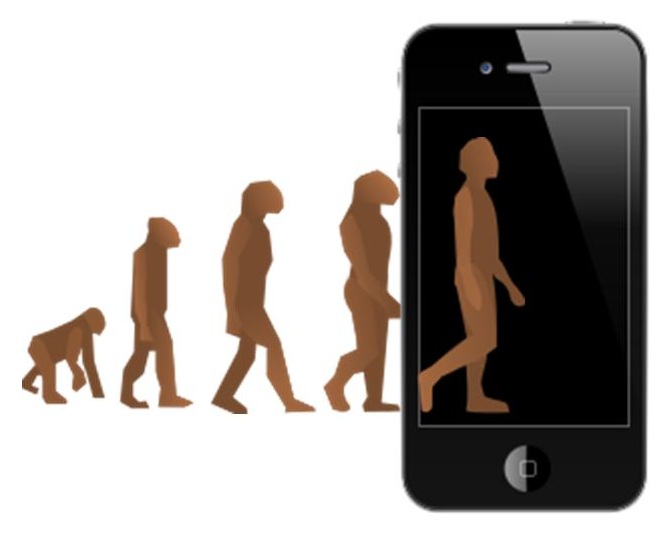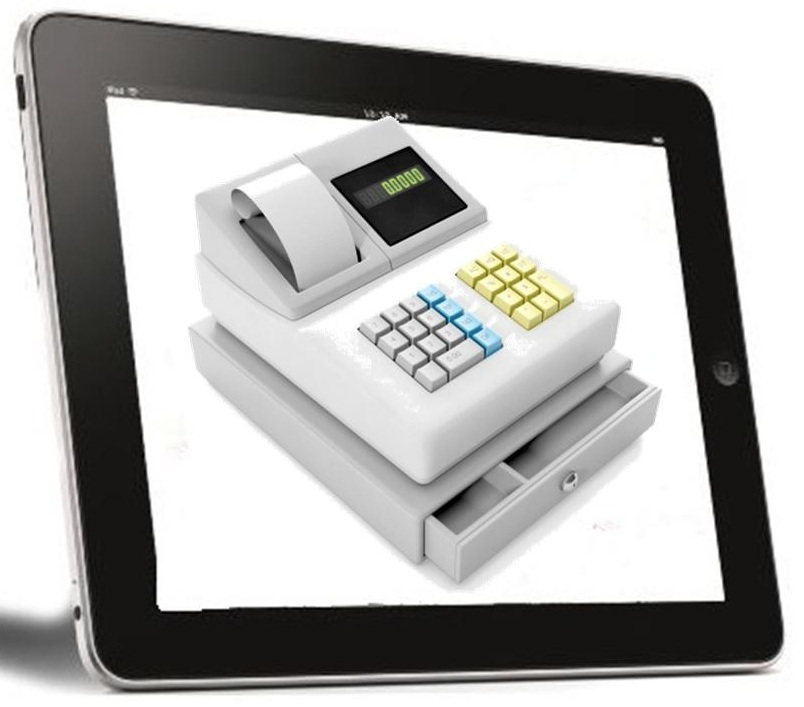 Mobile commerce is becoming more social
Mobile commerce is becoming more social
Commerce continues to evolve as more consumers become tethered to their mobile devices and place more importance on social media. This evolution first began in the 80’s with the advent of the Internet and e-commerce. The proliferation of mobile technology brought about mobile commerce, which has only emerged within the past few years and is still considered to be in a state of infancy. Now, however, commerce is showing signs of a new evolutionary step, one called “participatory commerce” or “Pinterest commerce.”
Participatory commerce continues to gain some traction
Participatory commerce, as a term, was first coined by Mark Pincus, CEO of Zynga, in 2005. The term became somewhat popular in 2010 to describe the business model of FashionStake, a retail startup that was acquired by Fab.com in 2012. The term itself refers to a sales model that allows consumers to participate in the design, selection, and funding of certain products they are interested in purchasing. In some ways, this model is similar to popular crowdfunding platforms like Kickstarter, where individuals funding a project have some control over how that project will take form.
Retailers find value in social networking
Participatory commerce began being called Pinterest commerce in 2011 during the social network’s unexpected rise to fame. The retail industry was quick to see the possible benefits that Pinterest represented and moved to leverage the social network to their advantage. While Pinterest does not allow for online sales, it has proved to be a valuable platform through which retailers can expose consumers to new products and encourage online shopping.
New forms of commerce becoming increasingly social
The term is not widely used and is often considered to be an unnecessary subcategory of mobile commerce itself. It does, however, draw attention to the growing role of social media in the mobile commerce sector. Sites like Pinterest already hold a great deal of influence over consumers and retailers are becoming more adept at using these platforms to connect with mobile consumers in various demographics.
 A recent study from SeeWhy has shown that 75 percent of mobile purchases are made by tablet users.
A recent study from SeeWhy has shown that 75 percent of mobile purchases are made by tablet users.
SeeWhy Inc. has released the results of its latest research, which have shown that over mobile, 75 percent of conversions come from t-commerce, whereas only the remaining 25 percent come from smartphone shoppers.
The marketing vendor suggests that this will make it important for retailers to retarget their mobile strategies.
The SeeWhy study included the examination of 21 million unique transactions that occurred through its approximately 2,500 retailer clients. Furthermore, this data was supported by an additional survey held by the firm, which included the participation of 11,616 American adult consumers.
The mobile and t-commerce survey asked participants regarding their purchasing behaviors.
What it found from the results of both different studies, was that mobile has a definite split in the types of consumers that it provides: smartphone and t-commerce. This, according to the chief strategy officer and founder of SeeWhy, Charles Nicholls. He explained that “What people do with a smartphone is fundamentally different than what they do with a tablet.”
Nicholls also pointed out that “There are three times more conversions on tablets than smartphones. Tablets are where the action is.” For that reason, the survey results suggest that retailers and other merchants may consider shifting their focus to help to make themselves more appealing specifically over t-commerce.
In order to identify the smartphone and t-commerce patterns, the company examined the daily conversion activities over mobile devices. It found that throughout the day, the activity over smartphones was relatively static, and that there wasn’t much of a pattern to be observed. However, it noted that this was strikingly different in the case of tablets.
Nichols pointed out that the activity over t-commerce experiences a strong variance throughout the day. He said that in the evening, as people get home from work, the conversion rates spike considerably. While smartphones are used all day long, tablets are “a recreational device.” This helps to explain why the survey conducted by SeeWhy showed that 56 percent of tablet owners use their devices most frequently at home.
 Mobile commerce is becoming more social
Mobile commerce is becoming more social
 A recent study from SeeWhy has shown that 75 percent of mobile purchases are made by tablet users.
A recent study from SeeWhy has shown that 75 percent of mobile purchases are made by tablet users.